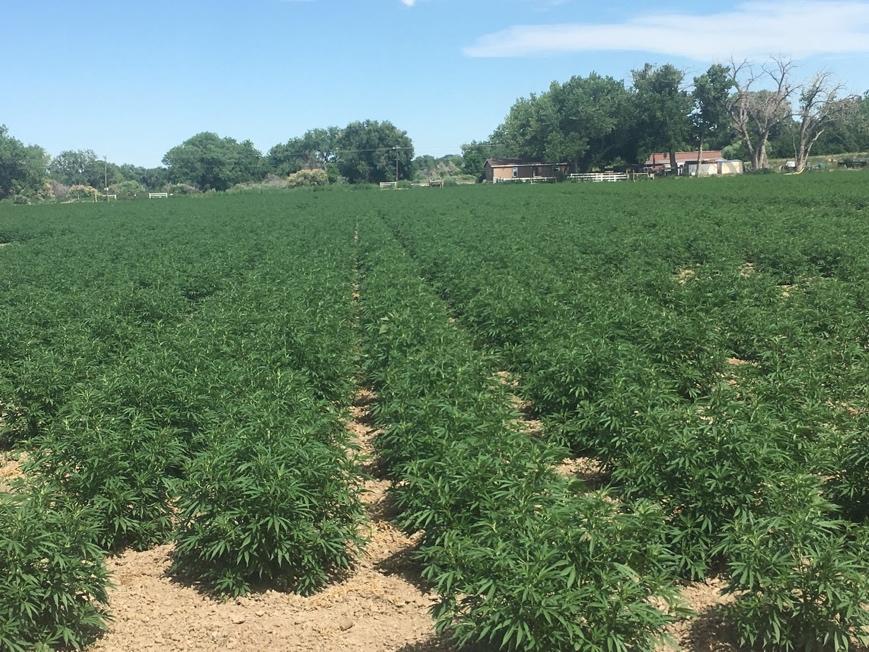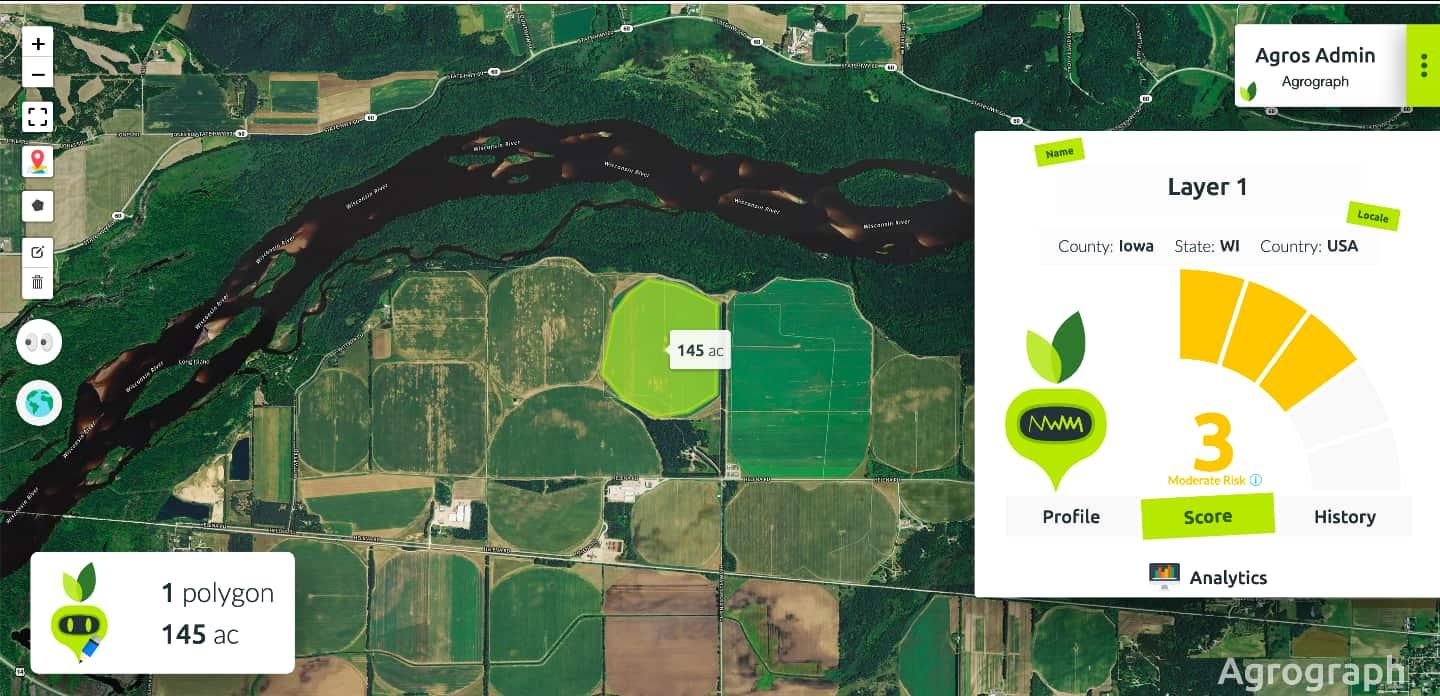Demand for hemp-derived CBD is booming in the United States since its legalization this past year through the 2018 Farm Bill. Food, beverage, and beauty industries are testing the CBD market, scrambling to get their hands on industrial hemp. However, the supply chain struggles to keep up with the demand - from regulatory kinks, to consistency in yield, to processing infrastructure, and access to capital. The industrial hemp landscape poses a series of unknowns that cross over into a variety of agricultural industries.
Many sources reporting on farm markets estimate that a growing share of the top US grain producers are considering diversifying their operations to include industrial hemp - especially given that the customer demand is forecasted to reach $13 billion in less than ten years. This demand poses many problems along the supply chain but most noticeably absent are the major retail banking and insurance companies that serve the agricultural industry. Ag Credit institutions are weighing the risks of offering credit to new hemp producers, unsure how to juggle the far from streamlined production model. Hemp processing plants and retail CBD oil sellers are desperate for a reliable and quality supply chain. Meanwhile, regulatory agencies such as FDA, USDA and ATF are reaching for oversight, unsure how to best oversee the production, processing, and distribution of hemp.

Agrograph’s crop type map – 2018. This map is released in mid-July, 6 months ahead of USDA’s report.
Unfortunately, there are no guidebooks, research papers or government reports that have access to comprehensive grower data not to mention yield or agronomics for growing hemp. Of the 41 US States that have approved hemp production, it varies by state the access to that information, some state laws prohibit the disclosure of any field specific or grower information, such as Colorado and Kentucky which happen to be the two largest hemp producing states. Although the USDA publishes an annual crop type map, it is far from comprehensive and is not made available until February, which is too late to be utilized for buying and selling decisions.
Many of these unknowns can soon be answered. Agrograph, a Wisconsin-based startup, will provide real-time field-level data to stakeholders in the hemp industry using satellite imagery and machine learning. Agrograph’s U.S. Hemp map will be the first comprehensive map commercially available. Through their platform, stakeholders can access field-level or county summaries of the total acres planted to hemp. Further, users can examine field by field comparisons of growing conditions, assess land value for farms growing hemp, and explore the previous cropping history for individual fields.

"As growers, we are all trying to find out what works, but we’re making it up as we go, there is no authority to ask," says Joseph Sisk, owner Sisk Farms.
Possibly one of the most important datasets the Agrograph platform provides lies in its ability to assess actual acres planted (supply-side information) at the field-level across the U.S. That is because licensed acreage is not always reflective of actual production. According to Vote Hemp, licensed acreage increased to 78,176 acres in 2018 from 25,713 a year prior. Further, pricing and supply chain data is limited for industrial hemp. What data is available is poorly defined, often regionally localized, and usually delivered at the end of the growing season through self-reporting grower surveys.
For a supply chain manager, these numbers matter and they will be the difference in profitability, as the winners and losers are determined across the supply chain.





